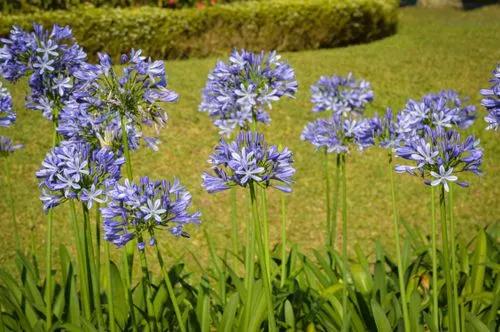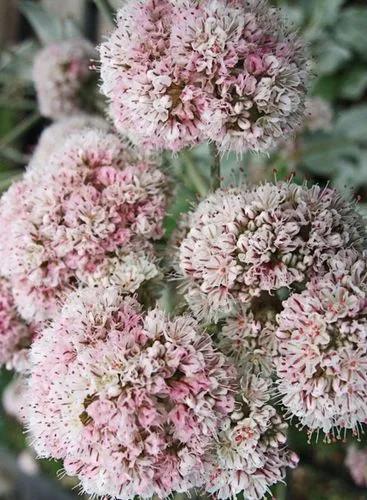Epidendrum isomerum is a species of Liliopsida described by Schltr. Epidendrum isomerum belongs to the genus Epidendrum, and the family Orchidaceae.
Epidendrum Isomerum Care
Tailed Epidendrum



How to Care for the Plant

Water

Epidendrums need regular watering to flourish, but their roots do prefer to dry out properly in-between times. In the warmer months, they'll need watering at least once a week and possibly more frequently. In the cooler months, you won't need to water so often. Only opting for once a fortnight or every few weeks watering during this time may even help to encourage more healthy bud growth. As with all orchids, it's all about getting the right balance. They won't appreciate being allowed to get dehydrated or being left waterlogged. It's also important to water in the morning, to prevent stagnation.

Pruning

You can remove the old flower spikes and stems by snapping or cutting them at the base of the plant. Although pruning is not necessary for re-blooming. Often the flower stalk will bloom again in a couple of months. The flower stalk sometimes will produce a Keiki (baby plant) and the baby can be removed and planted.

Fertilizer

Your Epidendrum will likely appreciate being fed a diluted mix of a high-quality and balanced orchid fertilizer once a week or fortnight.

Sunlight

Epidendrum nocturnum needs a light level of 20000-30000 lux. The light should be filtered or dispersed, and the plants should not be exposed to direct sunlight in the afternoon hours. Strong air movement should be ensured all the time.

Soil

You can use medium granulation of fir bark or pieces of tree fern fiber with the addition of coarse pearlite and / or chopped sphagnum moss, which simultaneously increases the permeability of the substrate and allows moisture retention. The addition of charcoal helps to ensure permeability and prevents soda.

Temperature

It is a thermophilic plant. Similar throughout the year - the average temperatures on day is 25-27 ° C, average night temperatures is 16-17 ° C, with an amplitude of daily fluctuations of 9-11 ° C.

Container

Epidendrum nocturnum can be grown in shallow containers with good drainage or on tree rootstocks. They can also be grown in shallow pots or baskets filled with a very loose, fast-drying substrate with excellent drainage and good aeration that allows for quick drying after watering.
Discover more plants with the list below
Popular articles






